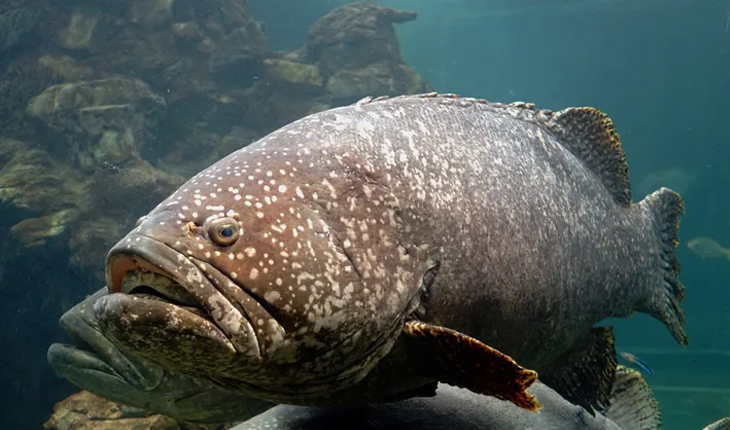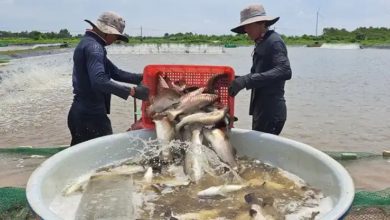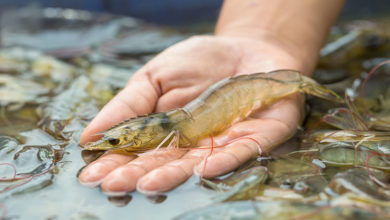Pharmacist turns to fish farming, earns nearly 400 million VND annually
Tuan owns a 5,000-square-meter farm with 15 ponds in Thanh Loc Commune, where he raises tire track eel. What impresses many is his application of scientific techniques to enhance product value through the biosecure recirculating aquaculture system, which also protects the environment.
Tuan shared that he graduated with a degree in pharmacy and worked at a hospital in Ho Chi Minh City. During his time selling medicine at the hospital’s pharmacy, he encountered numerous cases where patients suffered from foodborne illnesses due to residual antibiotics and pesticides in their food. This experience inspired him to start a biosecure recirculating aquaculture model to produce safe products for consumers.
In 2019, Tuan decided to quit his job and return home to dig a pond on a 400-square-meter plot to raise tire track eel. This species not only has economic value but is also used in traditional Eastern medicine, earning it the nickname “water ginseng” of the Mekong Delta. Simultaneously, he combined aloe vera cultivation and earthworm farming.
According to Tuan, this integrated model brings multiple benefits. Earthworms are used as fish feed, their castings fertilize the aloe vera, and aloe vera by-products are used to feed the worms. The water used to irrigate the aloe vera plants is sourced from the tire track eel ponds. This cyclical process, oriented towards medicinal herbs, aims to develop a biosecure specialty marble goby brand. As a result, he has gained the trust of customers, attracting many traders who come directly to purchase his fish.
Building on this success, in mid-2020, Tuan boldly rented an additional 5,000 square meters of land to expand his model. On this plot, he dug 15 ponds to raise tire track eel.
Sharing his secrets for successful tire track eel farming, Tuan emphasized three key factors: seed quality, understanding the their behavior, and water source management. He designed the ponds with a 24/7 oxygenation system, lined the bottoms with tarpaulin to avoid mud, and provided shelters for the tire track eel, which tend to burrow and are difficult to handle during emergencies. Additionally, he built a sedimentation pond for water treatment and established a water inflow-outflow cleaning process, changing the water every 3-5 days. Moreover, he supplements the eel’s diet with vitamin C, digestive enzymes, and microorganisms to improve water quality. The fish are ready for harvest after 10-12 months. During the farming process, every two months, he sorts them by size to ensure uniform weight.
Tuan also raises koi carp alongside the tire track eel, stocking each pond with 100-200 koi. Koi carp live in the upper water column, while marble goby reside at the bottom, so they do not compete for food. Notably, koi carp are sensitive to environmental changes, helping farmers quickly detect any issues in the ponds for timely intervention. Throughout the farming process, Tuan sells any non-standard fish as commercial products, while the high-quality koi, grown to 2-3 kg over a year, are sold at premium prices.
VFM






